Product Design Summary
This course is ideal for students who have studied Design and Technology at GCSE, or a similar vocational based qualification. The course is broad, and allows students to investigate historical, social, cultural, environmental and economic influences on design and technology, whilst enjoying opportunities to put their learning in to practice by producing prototypes of their choice. Students will gain a real understanding of what it means to be a designer, alongside the knowledge and skills sought by higher education and employers. This creative and thought-provoking qualification gives students the practical skills, theoretical knowledge and confidence to succeed in a number of careers.

